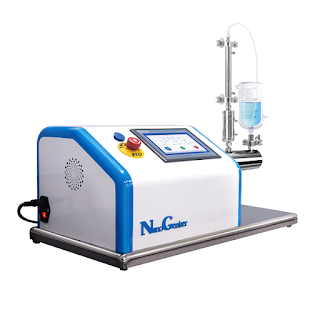NanoGenizer High Pressure Homogenizer for Nanomaterials
NanoGenizer High Pressure Homogenizer for Nanomaterials NanoGenizer , a lab-scale microfluidic high pressure homogenizer, offers effective performance on particle size reduction and cell disruption. It utilizes interaction high-pres sure microfluidic jet technology, and equipped with highly modular power and processing units. NanoGenizer is suitable for rare and valuable samples because of its minimum dead volume design and its continuous flow rate, which enables it to process up to 120 mL/min. With successful applications in various nanotechnology settings, the NanoGenizer has gained increasing recognition due to its notable shear rate, excellent repeatability, and guaranteed scalability. NanoGenizer provides efficient solutions for various nanomaterials, including: liposomes, nano-emulsions, nano-crystals, micelles, lipid nanoparticles, cosmetic nano-encapsulation materials, nano-particle dispersion, graphene, carbon nanotube, and more. As more organizations recognize this, Nan




